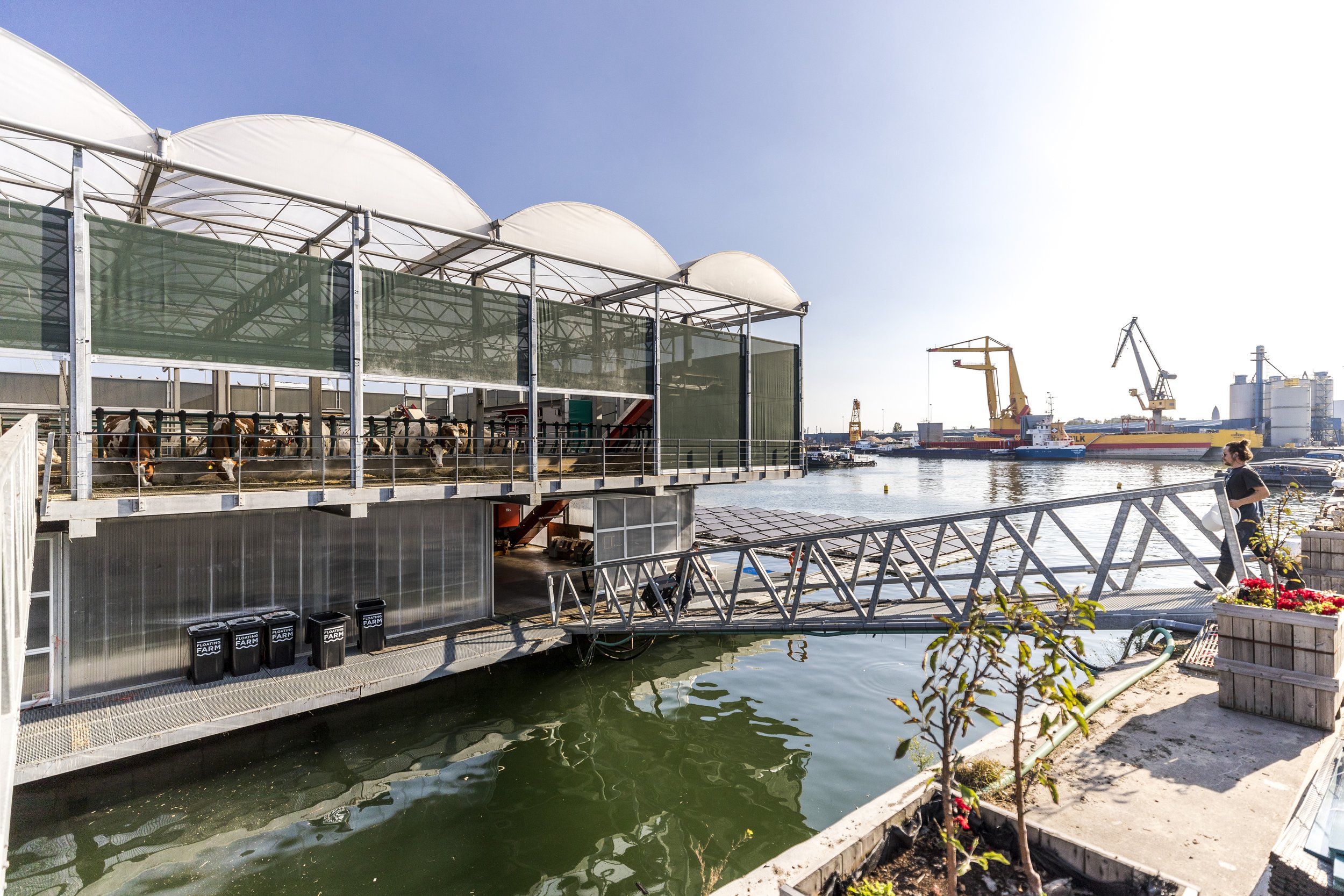Traditionally, food production is a rural domain, and cities are sites of consumption. Yet, the urban environment shapes our norms and contributes to food waste, health issues, social inequity, and environmental harm.
Might we help create visions of resilient urban and rural systems that reverse these trends? As we navigate the Anthropocene, this research explores the intersection of urban space and unconventional food systems that show us how things could otherwise be.
Discover the inspiring stories of innovative growers and transformative projects shaping the future of sustainable food systems.
The Hacktivist Guide to Food Secutiry
The Hacktivist Guide to Food Secutiry
The Hacktivist Guide to Food Security aims to explore ways that architecture and urban design can positively influence the food system. The publication seeks to demystify and compare innovative food systems by analysing connections between their environmental, economic, and social foundations. It also reveals how these systems are established and operated so that possibilities for engagement become clear. The research contained in this book focuses on urban food production. It represents the first of a series of studies connecting the urban environment to the invisible forces at work in our lives. Our analysis of environments through the Living Design method has revealed this as a necessary but neglected piece in our industry’s focus.







